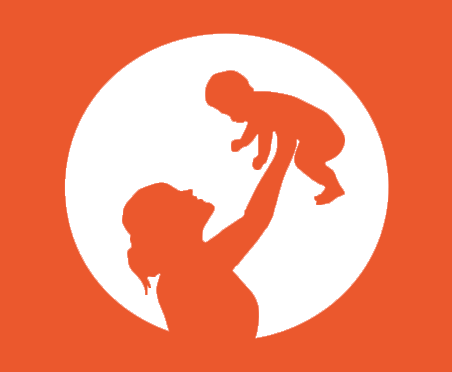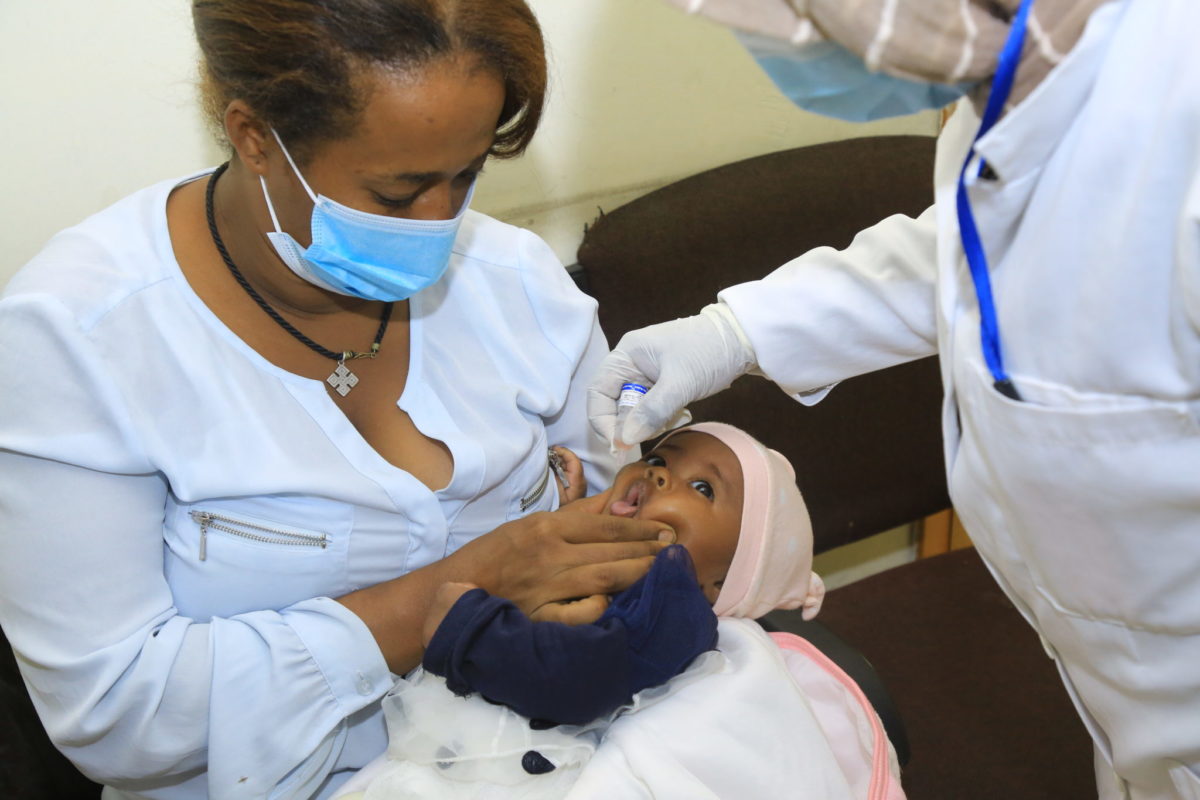Impaired IQ and academic skills in adults who experienced moderate to severe infantile malnutrition: a forty-year study
Published: Nov. 26, 2013
Publication: National Library of Medicine
Authors: Deborah P. Waber, Ph.D., Cyralene P. Bryce, M.D., Jonathan M. Girard, B.A., Miriam Zichlin, B.S., Garrett M. Fitzmaurice, Sc.D., and Janina R. Galler, M.D.
Background
- Previous studies have indicated that pre- and post-natal malnutrition can result in long term changes to the structure and functionality of the brain, impairing memory and learning in childhood and adolescence
- There has been less emphasis on researching how malnutrition in the first year of life affects intellectual capacity across the lifespan
- The “Barbados Nutrition Study” assessed IQ and academic skills in adults in Barbados who were born with a moderate birth rate, but experienced moderate to severe malnutrition in their first year of life
- Individuals were enrolled in a nutritional health intervention program and monitored until they were at least 12 years of age to ensure they were in good health
- The control group consisted of healthy individuals from the same neighborhoods and classrooms who did not experience malnourishment in their first year of life
Summary
- While previously malnourished individuals were able to catch up physically to their healthy peers, their cognitive and behavioral development lagged behind
- IQ scores in the intellectual disability range were 9 times more prevalent in the previously malnourished group
- Previously malnourished individuals had lower IQs, lower grades in school, and higher rates of attention problems. They also suffered from intellectual disabilities at a higher rate than their healthy peers.
- Malnutrition during the first year of life carries risk for significant lifelong functional morbidity.
Key Facts:
- The estimated difference in IQ between the two groups was 15 points when tested as adolescents and 18 points when tested as adults
- 26.3 percent of individuals in the previously malnourished group had IQs indicating intellectual disabilities compared to only 3 percent in the control group
Read the original article here







